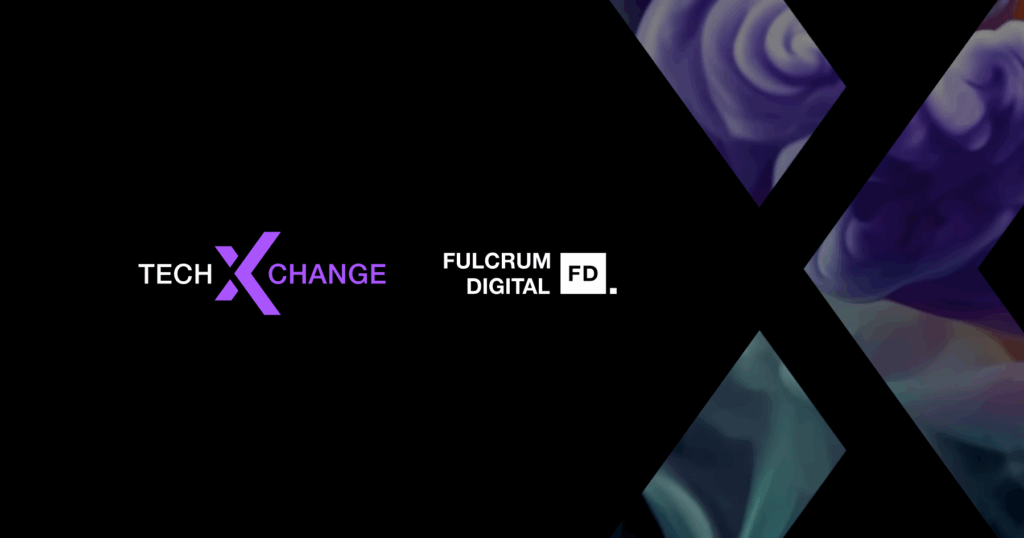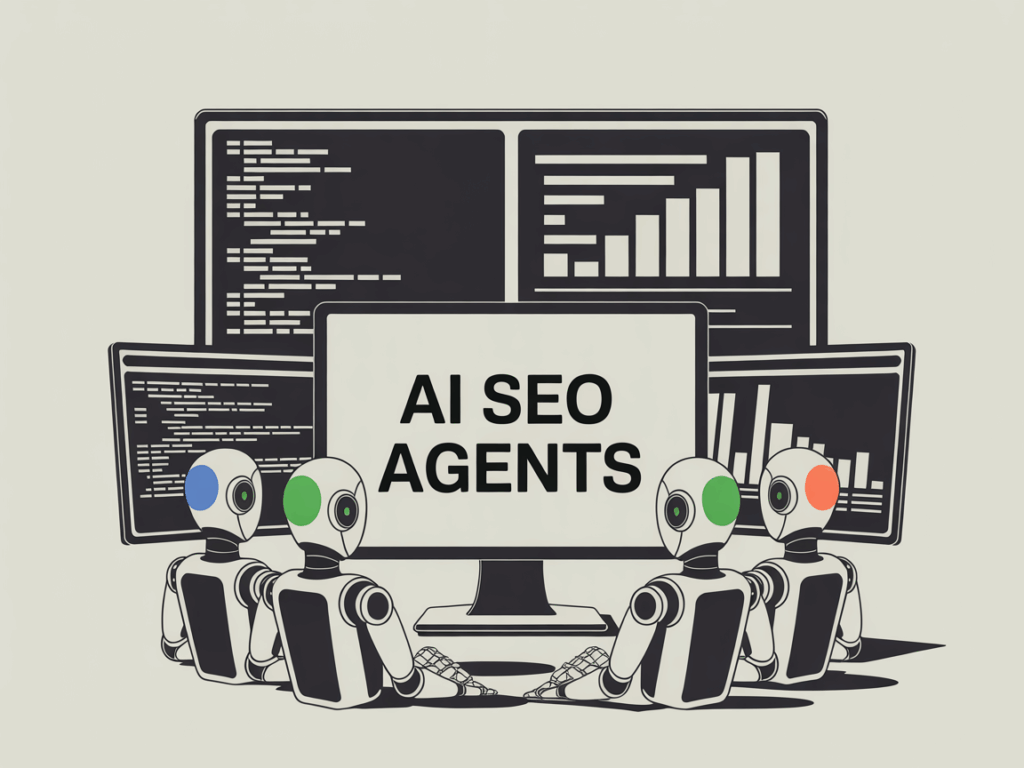In part one of this blog series, we discussed how modern technology has helped automate a great deal of data extraction while still including a human touch. Here we will dive deeper into Data Extraction tools themselves and how they can help solve the data problem in the insurance industry today.
Data is arguably one of the most crucial assets in insurance. Insurers collect a wealth of data, but few have found a way to extract its full value potential.
Insurance is a business of information. Traditionally, insurers must manually scan all documents for data, which is a tedious task for any team. But new-age technology means that manual data entry is officially becoming a thing of the past!
Smart AI/ML enablers exist to extract data from unstructured insurance documents, leaving insurance professionals free to deal with more important matters.

The Problem with Most Data Extraction Tools:
At present, several tools in the market offer single-click solutions for template-based forms. However, it takes an enormous number of sample documents and an equally high amount of time to get that solution production-ready – a problem for most data extraction tools.
In addition, programming or building a template-based solution is a fully automated approach wherein your SMEs are not a part of the process. This deprives processes of expert judgment, an aspect that is necessary for extracting critical data. In this instance, ‘learning’ occurs when you, as the insurer, build the templates, and any deviation from these templates will not be correctly processed without further training.
Documents that ‘fail’ the extraction process require manual processing to prevent bad/incomplete data from entering your downstream processes.
Adding new documents or fields to the extraction template is again down to you. This means that your operations teams wait for a third person:
• It is time-consuming and costly – it usually takes several months and thousands of dollars before you process even one document
• Every document type, in every language and every data, requires a new custom-built template

Best Features of Integrated Data Extraction Platform:
With an AI/ML-based data extraction platform, your operations team can be up and running in the afternoon. Tools like SortSpoke combined with a rapid development platform like FulcrumOne, help automate document onboarding, sorting, and analysis, making all your business workflows more efficient and effective, from insurance claim processing to customer support:
• Import any document, even unstructured documents, using the web upload feature or via API (used in most production use cases)
• No templates to build or to preprogram ever
• Show how you want to classify different document types by dragging and dropping documents to the file names that matter to you
• For each document type, create and name the data fields that you want to extract (there are no preset rules – simply create the number of data fields and name them what makes sense to your team)
• Show the data in the document that corresponds to each data field by highlighting the text – choose any data, including single words or numbers, whole paragraphs, tables, and checkboxes
• Watch the platform usually learn after processing 15 – 20 documents
• Verify the data and complete the document to receive a structured data file (JSON/CSV) for every document processed

Practical Tips/Takeaways:
Here is a sampling of how quickly an AI/ML-based data extraction platform like SortSpoke and FulcrumOne can be deployed:
Processing Data from Incoming Commercial P&C Submissions – Commercial P&C Carrier
- Number of documents processed annually 120,000
- Time savings per submission: 4 minutes = 80% productivity gain
- Deployed to production, including integration to submission document source system and mapping of a structured data file to underwriting system: 6 months
Extracting Data from FNOL Documents – TPA
- Number of claims documents processed annually: 130,000
- Time savings per FNOL: 2.5 minutes = 83% productivity gain
- Deployed to production including integration to submission document source system and mapping of structured data file to underwriting system: 2 months
Extracting Data from invoices to Support Claim Submission – P&C Carrier
- Number of invoices processed annually: 200,000
- Time savings per claim: 1.5 minutes = 75% productivity gain
- Deployed to production including integration to submission document source system and mapping of structured data file to underwriting system: 3 months
Final Thoughts
Fixing the data extraction problem is a surefire way to bring you up to speed with today’s insurers. But those looking to move beyond the new industry standard will also note that this is just one piece of the puzzle. Especially considering all the steps involving data, from document preparation to cataloging, reporting, and analysis.
Getting ahead of the data curve requires an integrated end-to-end workflow for data management to cover all these. It also allows a flexible framework for data analysis and interpretation that you can tweak and evolve over time. And yep, you guessed it… with FulcrumOne and SortSpoke’s combined solution, you can leap past the data hurdle with one integrated platform that covers:
• Processing any document with ease – SortSpoke and FulcrumOne are cloud-based and can be accessed via a web browser
• Classifying documents and deciding what fields you want to extract in minutes – with a simple, intuitive UI, user-controlled and managed
• See the AI/ML kick in after processing 15-20 documents – through rapid and continuous learning
• Quick and seamless integration of extracted data into your existing systems with pre-built APIs
• Data reporting and management modules ready to deploy along with AI/ML data extraction implementation







